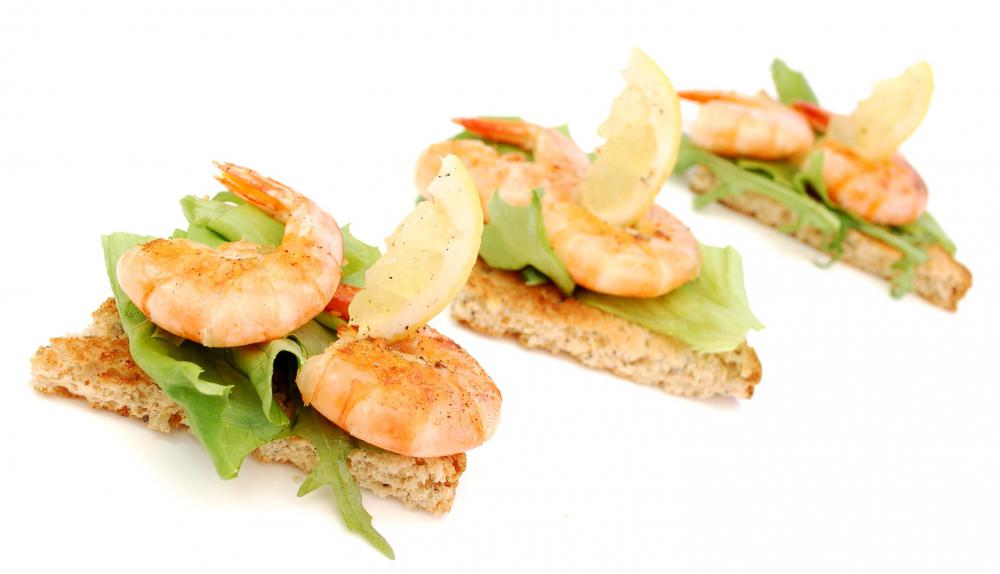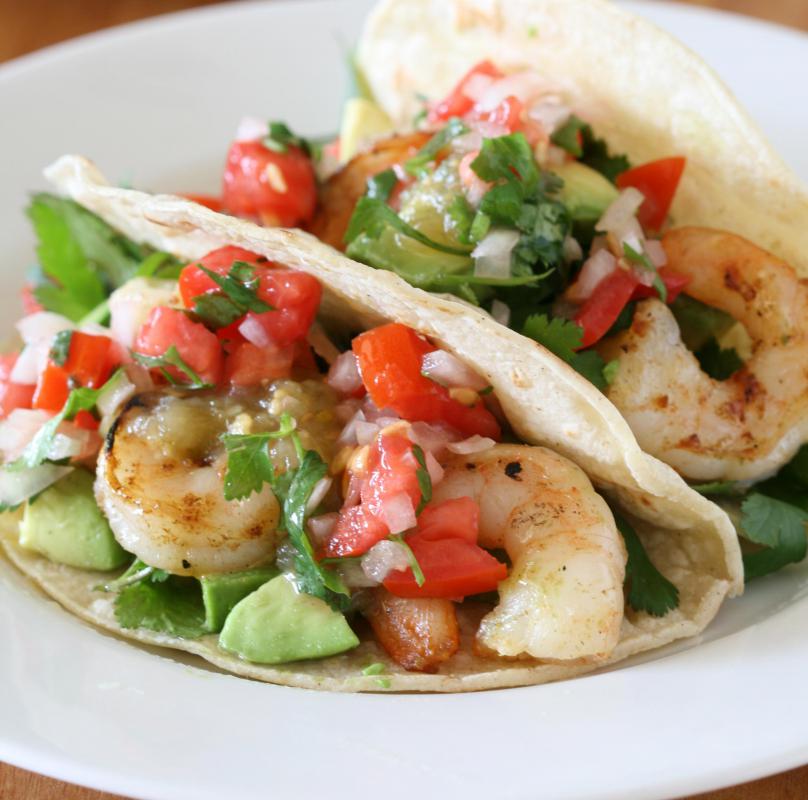What is a Shrimp Hatchery?
A shrimp hatchery is one of the locations where shrimp are kept during their lifecycle development on the way to becoming fully-formed shrimp for commercial sale. Shrimp hatcheries can be found in any region where the shrimp industry is active, and some regions have numerous hatcheries supplying large farming operations. People can also make their own shrimp hatchery out of common materials, to grow their own shrimp at home.
There are a number of different sizes and approaches a shrimp hatchery can take towards growing shrimp. At the commercial level, one finds hatcheries at the small, medium, and large levels. Small hatcheries can be found throughout the world, but are especially prevalent in more agrarian societies, which have less of a stress on large-scale industrialization. Such hatcheries can be found throughout Thailand, Cambodia, and Vietnam, for example, often operated by single families, and producing small amounts of shrimp in low densities, in fairly small ponds.

A mid-sized shrimp hatchery is usually known as a greenwater hatchery, and although they use fairly large tanks to grow shrimp in, the density of those shrimp populations is still kept fairly low. Algae is encouraged to grow in the tanks, which provide the shrimp nauplii, or first larval stage, with food. Survival rate of nauplii in these tanks is a bit less than one in two. A larger fish hatchery is referred to as a Galveston hatchery, after the large shrimp-producing region of Galveston, Texas. These hatcheries use enormous tanks, with very dense populations of shrimp larvae, and survival rates can be quite low.

Shrimp nauplii eventually turn into a second larval stage, and eventually into the third larval stage of myses. The myses look like very small shrimp, and they quickly turn into a post-larval shrimp, which is essentially just a baby shrimp. These baby shrimp are moved out of the hatcheries, and into nurseries, where they continue to grow for another two to three weeks, feeding on a high-protein diet. The juvenile shrimp are then moved to growout ponds, where they grow into full-sized adults that can be shipped to the marketplace.

A shrimp hatchery can be easily made at home, as well, to experience the life-cycle of a shrimp on a more personal level. These hatcheries are usually designed for brine shrimp, which can be easily purchased and require minimal care and consideration. As such, they make interesting activities for younger children and teenagers alike, demonstrating the shift other species experience from a larval state to a post-larval, and finally adult, state.
To make a quick hatchery, you can use two 2-liter soda bottles, with minimal modifications. In addition to the bottles, you’ll need a bit of aquarium sealant, a pump, and some rigid and regular airline, all of which can be purchased at most pet supply stores that have aquatic supplies. Creating a home hatchery takes only about half an hour, and a well-functioning hatchery can produce thousands of shrimp over time.
To start with, cut the bottom off of the bottle, and punch a hole in the middle of the bottle cap that is the size of the rigid airline you have. Then insert the rigid airline into the hole in the cap, and use sealant around it to make sure there are no leaks. Then, cut the top off of the second bottle, and punch a hole near the bottom for the regular airline to go into. Screw the cap back on the first bottle, and attach the regular airline to the rigid airline, then thread it through the hole in the second bottle.
Place the first bottle facing cap down, using the second bottle as a stand, and attach the regular airline to a simple pump. Then fill the first bottle about three-quarters full of water, start the pump until bubbles form, add a bit of aquarium salt, and add brine shrimp eggs. Within about twenty-four hours the eggs will have hatched, and you can feed them and watch them develop.
AS FEATURED ON:
AS FEATURED ON:













Discussion Comments
Where can I buy shrimp larvae?
what about the temperature that water should be for the shrimps to grow and survive? and any info on what kind of food they would need?
I am trying to build a small hatchery and need all the information i can get. thanks very much.
Post your comments